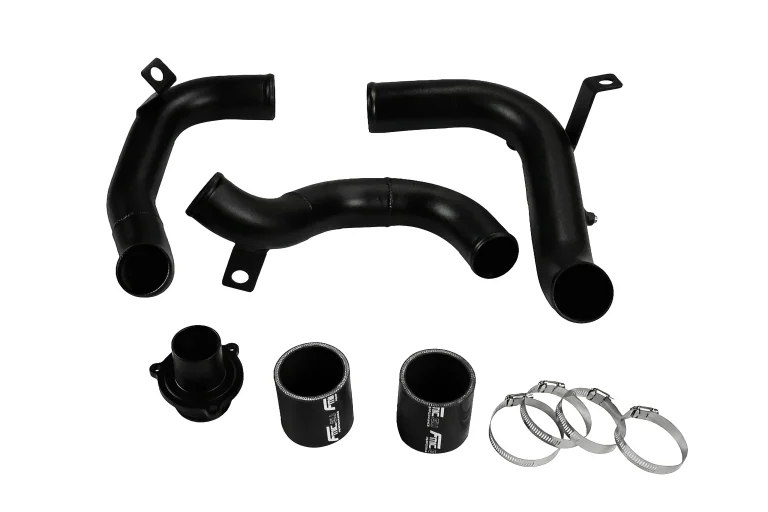
Understanding the Small Business Subscription Model
What is a Small Business Subscription?
A small business subscription is a recurring revenue model that allows businesses to provide products or services to customers through an ongoing payment structure. This model can take many forms, from monthly delivery boxes to digital services and software subscriptions. Unlike traditional sales where customers purchase a product once, subscriptions offer continuous value, ensuring that customers have access to products or services on a regular basis.
This business model has seen significant growth over the past decade, largely due to the increasing demand for convenience and personalization. Many consumers prefer subscription services because they provide ease of access and tailored experiences, which can also enhance customer loyalty.
Benefits of Subscription Services for Small Businesses
Implementing a subscription service can yield numerous benefits for small businesses. Here are some of the key advantages:
- Predictable Revenue Stream: Subscriptions create a steady and predictable income, making financial forecasting more accurate.
- Increased Customer Retention: With subscriptions, businesses create a relationship with customers, leading to higher retention rates compared to traditional sales.
- Customer Insights: Subscription models provide valuable data on customer preferences and behaviors, allowing businesses to tailor their offerings accordingly.
- Marketing Opportunities: Regular interaction with subscribers allows businesses to learn more about their audience, enabling targeted marketing campaigns.
- Lower Cost Acquisition: Once a subscriber is onboarded, the cost to retain them is significantly lower than constantly acquiring new customers.
Key Components of a Subscription Business Model
A successful small business subscription model typically includes several key components that work together to provide value to both the business and its customers. These components include:
- Value Proposition: This is the unique offering that distinguishes your subscription service from competitors. It could be unique products, convenience, or exceptional customer service.
- Subscription Tiers: Offering multiple tiers can cater to different customer needs and budgets, increasing the potential customer base.
- Content Delivery: Ensuring that the delivery of products or services is seamless is crucial. This can include the physical delivery of goods or through digital platforms.
- Customer Support: Maintaining a dedicated support system to assist subscribers and address their needs can enhance satisfaction and retention.
Building Your Small Business Subscription Framework
Choosing the Right Subscription Model for Your Business
Selecting the appropriate subscription model is vital for financial success. When deciding on the model, several factors need to be considered, such as your product type, target audience, and market demand. Common models include:
- Replenishment Model: Customers subscribe to receive products regularly (e.g., personal care items, pet food).
- Curated Goods Model: Subscribers receive a selection of products tailored to their taste (e.g., meal kits, subscription boxes).
- Digital Subscription Model: Provides access to digital products or content for a recurring fee (e.g., software services, streaming platforms).
It’s essential to analyze your industry and your customer demographic to establish the most effective model. Consider conducting surveys or market research to gauge customer interest and preferences.
Implementing Technology Solutions for Subscription Management
Subscription management software is a key component in running a successful small business subscription service. This technology helps automate billing, manage subscriber accounts, and provide reporting features to analyze user data.
There are several solutions available, from comprehensive management software like MemberPoint to user-friendly platforms like Subbly. Integrating technology into your subscription service can help streamline processes, enhance user experience, and reduce administrative burdens.
Pricing Strategies for Small Business Subscription Services
Setting the right price for your subscription services is crucial. The pricing strategy can significantly impact subscriber acquisition and retention rates. Here are some commonly used pricing strategies:
- Freemium Model: Offering a basic version of your product for free while charging for advanced features. This model encourages users to try your service without financial risk.
- Tiered Pricing: Allowing subscribers to choose from different pricing levels, each with varying features. This can cater to different budget levels and enhance customization.
- Discounted Annual Plans: Providing discounts to customers who commit to yearly subscriptions can help secure longer-term revenue.
Marketing Your Small Business Subscription
Identifying Your Target Audience
Understanding your target audience is fundamental when marketing your subscription service. Determine the demographics, interests, and purchasing behaviors of your potential customers. Creating customer personas can help you visualize your audience and tailor your marketing effectively.
Use tools such as surveys, social media analytics, and website analytics to gain insights into your audience. This research assists you in crafting targeted marketing messages that resonate with them.
Effective Promotional Techniques for Subscription Services
Once you have identified your target audience, the next step is to create effective promotional techniques to attract customers. Here are several techniques to consider:
- Content Marketing: Produce valuable content that educates your audience about your product and its benefits.
- Influencer Partnerships: Collaborate with influencers who align with your brand to expose your service to a broader audience.
- Referral Programs: Encourage current subscribers to refer new customers by rewarding both the referrer and the new subscriber.
Utilizing Social Media for Business Subscription Growth
Social media is a potent tool for growing your subscription service. Platforms such as Instagram, Facebook, and Twitter allow businesses to engage with their audience, showcase their offerings, and build a community.
Utilize social media ads to reach specific target groups. Additionally, consider running contests or giveaways to increase engagement and build excitement around your brand. Regularly update your social media with content that showcases testimonials, behind-the-scenes looks, or user-generated content to foster a sense of community.
Maintaining Customer Engagement in Subscriptions
Importance of Customer Feedback in Subscription Services
Collecting feedback from subscribers is essential to improve your service continually. Use surveys, direct outreach, and review platforms to gain insights into customer satisfaction and areas of improvement.
Proactively addressing feedback can not only enhance the user experience but also show customers that their opinions matter. Consider implementing changes based on this feedback to create a more engaging service and retain your subscriber base.
Building Community Around Your Subscription Product
Creating a sense of community among subscribers can significantly enhance loyalty. Use forums, social media groups, or newsletters to facilitate communication between subscribers and create a platform for sharing experiences and tips related to your products or services.
Engaging customers through community-driven initiatives like webinars, special events, or user-generated content helps establish trust and encourages long-term relationships.
Combating Churn Rates Effectively
Churn, or the loss of subscribers, is a common challenge faced by subscription businesses. To combat churn, it’s important to understand why customers may cancel their subscriptions. Common factors include lack of value, price sensitivity, or changes in personal circumstances.
Implement retention strategies such as personalized offers, surveys to understand cancellation reasons, and re-engagement campaigns to win back former subscribers. Regularly reviewing these factors will help you stay proactive in addressing and reducing churn.
Measuring Success of Your Small Business Subscription
Key Performance Indicators for Subscription-Based Businesses
To evaluate the effectiveness of your small business subscription model, it’s essential to track key performance indicators (KPIs). Some important KPIs to consider include:
- Monthly Recurring Revenue (MRR): A measure of predictable revenue that can be expected on a monthly basis.
- Customer Lifetime Value (CLV): The total revenue you can expect from a customer during their entire relationship with your business.
- Churn Rate: The percentage of subscribers who cancel within a specific timeframe.
Adjusting Your Strategy Based on Performance Metrics
Monitoring performance metrics allows you to make data-driven decisions to improve your subscription model. If you notice a high churn rate, initiate strategies to understand the underlying reasons and make necessary adjustments.
Utilizing A/B testing can help determine which marketing strategies are more effective, and continual evaluation can lead to optimized performance and growth.
Future Trends in Subscription Services
The subscription business model continues to evolve, driven by changing consumer behaviors and technological advancements. Some trends to watch for include:
- Personalization: With growing expectations for tailored experiences, businesses will need to leverage data to provide customized offerings.
- Sustainability Focus: As consumers become more environmentally conscious, subscription services that prioritize sustainability will likely gain traction.
- Expansion of Digital Services: The demand for convenient and immediate access to digital content and services is expected to continue growing.
By staying ahead of these trends, small businesses can adapt and refine their subscription strategies to better meet changing consumer needs. For more insights and solutions tailored to your Small Business Subscription needs, consider exploring dedicated platforms designed to enhance your business operations.






